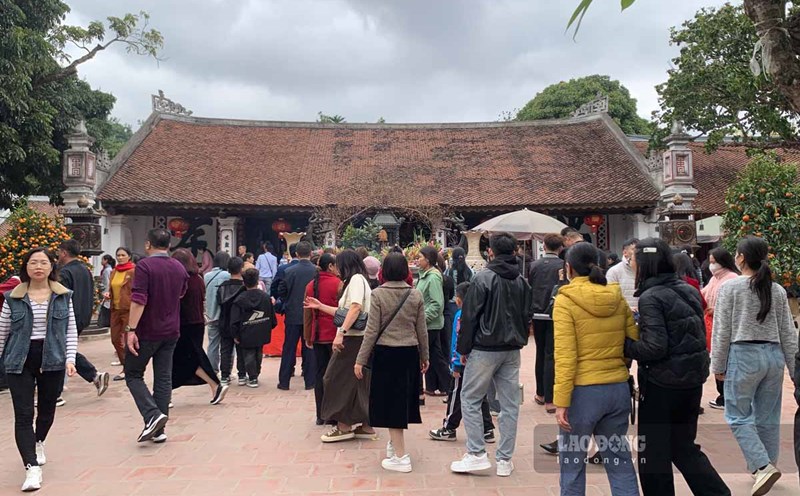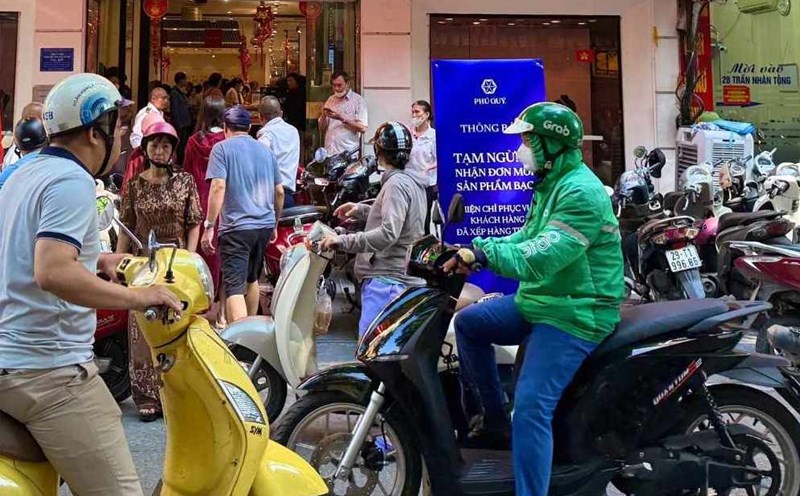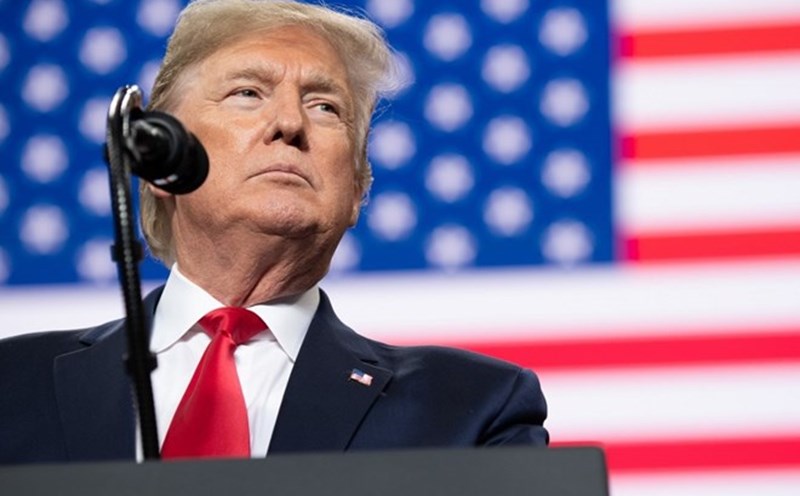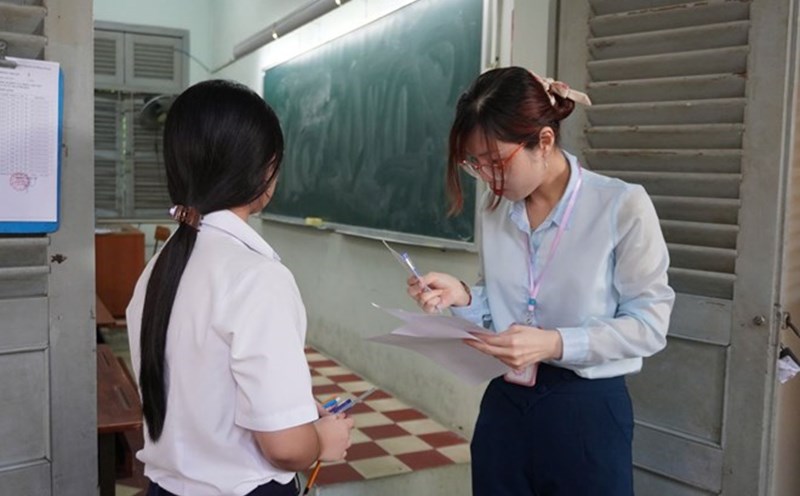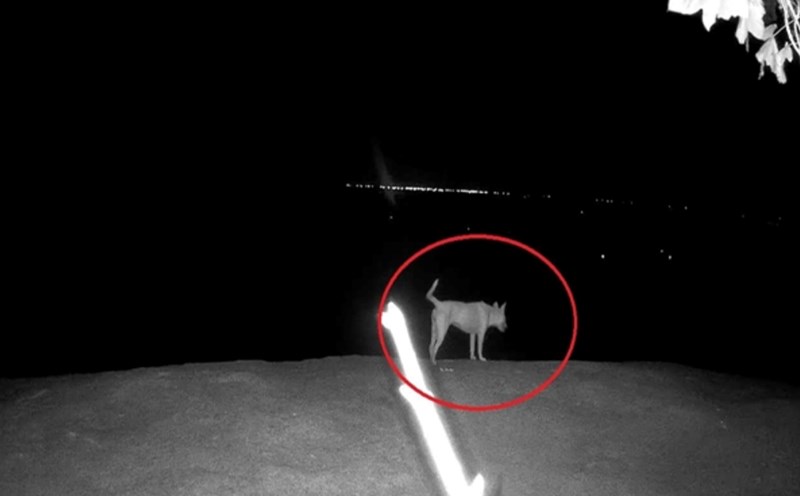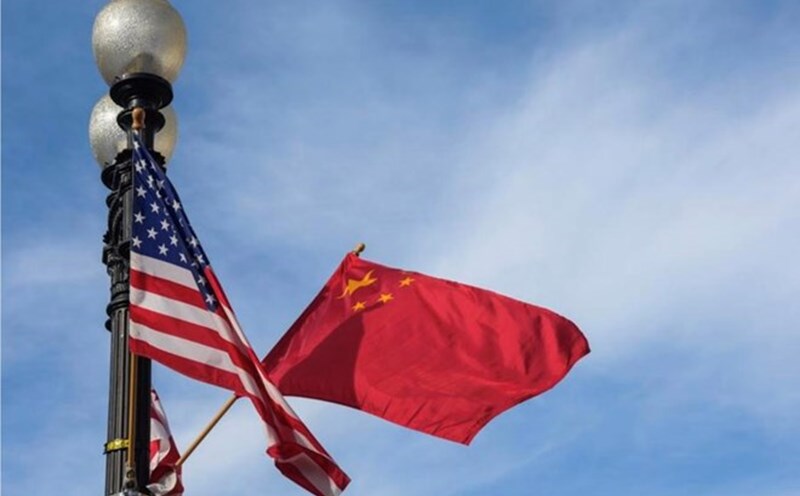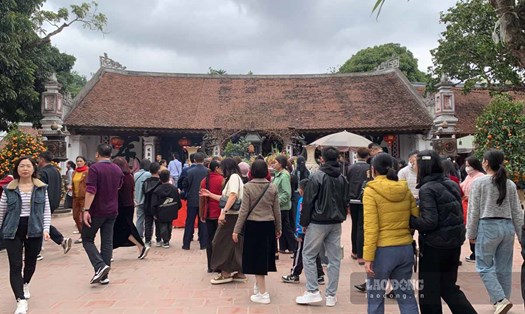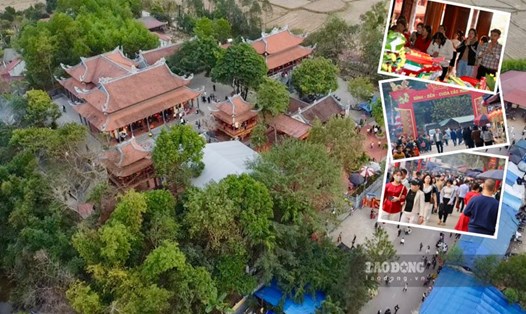"Old Mark"
Tran Nam Dinh Temple Historical Site is now located on a large campus, with the middle layout of Thien Truong Temple (also known as Thuong Temple), on the right is Co Trach temple (Ha temple) and side Left is the flower temple. In front of the temple area, there are 5 ports leading, of which 3 main gates are located in the center and is the largest gate. On these gates are engraved with two lines of Chinese characters: "Tran Mieu" and "itself Nam Mon".
According to the explanation of Ho Duc Tho in "Tran Mieu (Tran Nam Dinh Temple) heritage and folk beliefs": "Tran Mieu" is the ancient name of Tran temple (ie Mac - Nam Dinh). "Tran" means Tran, Tran Dynasty; "Temple" means the temple of the Holy, God, and also implies the palace of the emperors; More specifically, the Tran temple, the place of worship, is related to the Emperor's palace, the royal palace of the royal servants.
The phrase "main male" means originating from Confucian thought: a king ruled the nation to the south to listen to the opinions of all people. Therefore, these monuments are not built in the village, but placed separately, with the direction of the village. This symbolizes the recall of the origin, where the beginning of the Tran dynasty - from the fishing professionals, they rise to become the family representing the nation and build the country.
Based on historical documents, archaeological materials and folk legends, this monument is built on the palace of the palace and the flowers, which is the center of the palace of Mac - Thien Truong. That is Mac is the homeland of the Tran Dynasty, where the origin and development of this dynasty. The construction of the palace was started in 1239 and completed basically in 1262, when King Tran decided to raise the incense to Mac to become a Thien Truong government.
According to the record in "Kham Dinh Viet Su Thong Cuong Cuong", in February of the spring, the Village Mac was promoted to Thien Truong. Here, the palace of the palace, the flower palace and Pho Minh pagoda were built. Emperor Tran Thai Tong often went to the palace to wear to organize a party for the people. The elderly in the village aged 60 and older were given two silks, women were given two silks. The Village of Mac officially changed its name to Thien Truong Phu, where Trung Quang palace was built for the kings to return the throne to live. Palace of flowers, located in the west of the palace, is used to welcome the king when he came to the king. In addition, the translation functions are arranged here to serve and manage these two palaces.
From the above records, it can be seen that the Thien Truong government is not the official capital, but acts as an important Imperial Citadel of the Tran Dynasty.
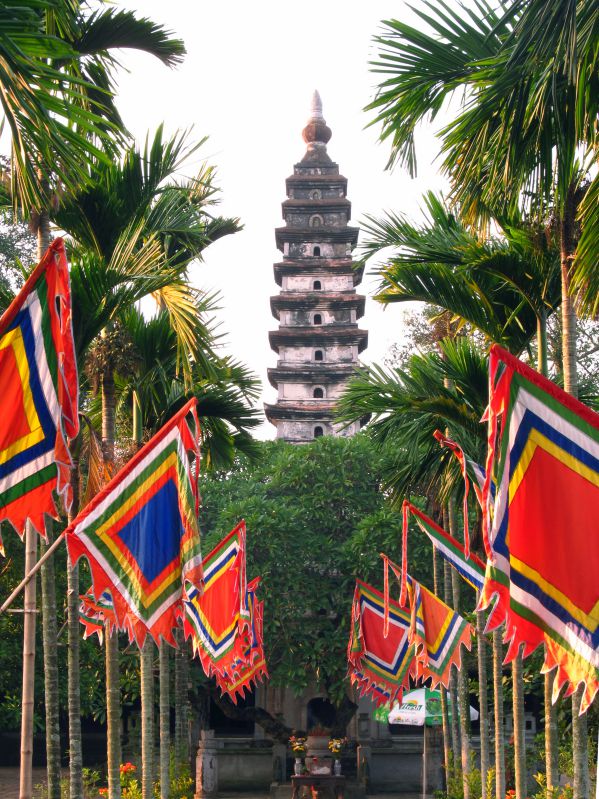
The land of the family line
Experiencing the ups and downs of history, the Tran dynasty gradually decline and make room for other dynasties. However, the descendants of the Tran family always remember their origin and homeland. By the Le Dynasty, the Tran sects began to return to his old hometown in Huong Tuc Mac. Later, the descendants of the Tran family in Mac had a meeting together, unanimously building a Dai Ton church of the lineage on the old land of Thien Truong palace, which was once the position of the palace of the palace and flowers. Dai Ton Church of the Tran family was started for the first time in the 15th main year (1695), under King Le Hy Tong. The original work was simply built with three paintings of painted wood.
Currently, at Thien Truong Temple - which is the position of the original Dai Ton church - still retains a few sentences to record this construction event, as a testament to the gratitude and respect of the roots of descendants of the Tran family.
Main Hoa Mieu Che Huong Dao
Minh Menh international march
.
In the second Long Duc year (1733), the locality built 5 more iron -roofed wooden houses in the front, as a sacrifice place. By the fifth Tu Duc year (1852), Tran Mieu area was built more surrounded. In the year of the Rat, the 29th Tu Duc (1876), the priest was repaired and replaced with tile roofs, creating a more solemn look. Before 1894, when conducting the repair of Tran Mieu, the frame of the Dai Ton church was previously transferred to the construction of Co Trach temple in 1895. After that, in 1908, Co Trach Temple was remodeled as the current situation Currently.
In Tran Mieu area, in the 5th Thanh Thai year (1903), two kneeling statues were covered in front of the yard, heading into the temple. In the third year of Duy Tan (1909), the Ngo Mon gate was built, two small lakes behind the Ngo Mon gate and in front of the two bronze columns were dug each other, creating walkways on both sides of the lake. In the following years, these lakes were rocky around. Two small lakes in front of Ngo Mon gate were filled with farming, and created two entrances to the east and western gate.
Thuong Mieu, also known as Thien Truong Temple or Thuong Temple, is the place to worship 12 Kings of the Orthodox Dynasty and 2 Kings of the Hau Tran period, a total of 14 king generations. On the altar here, there are dragon throne and the tablet carved with four spiritual shapes, exquisite golden lacquer paint, showing the respect of posterity to the Tran kings.
Ha Mieu, ie Co Trach temple, is the place to worship Quoc Cong Khinh Hung Dao Dai Vuong Tran Quoc Tuan and his family and close generals. Based on the foundation of the ancient flower palace, in 2000, Trung Hoa Temple was built at the west of Thien Truong temple, located in the site of Tran temple relic. It is currently worshiping the statue of 14 Tran emperors.
It can be seen that the historical site of Tran Temple has a long -standing historical and cultural value, associated with a glorious era in Vietnamese history, which is the Tran dynasty, with the victories. Hach in the fight against foreign invaders - three times to defeat the Yuan Mong invaders (1258 - 1288), defending the nation. These dazzling marks will be reverberated until this day, contributing to the education of many young generations about the good tradition of the nation and trying to strive more for the future of the country.

